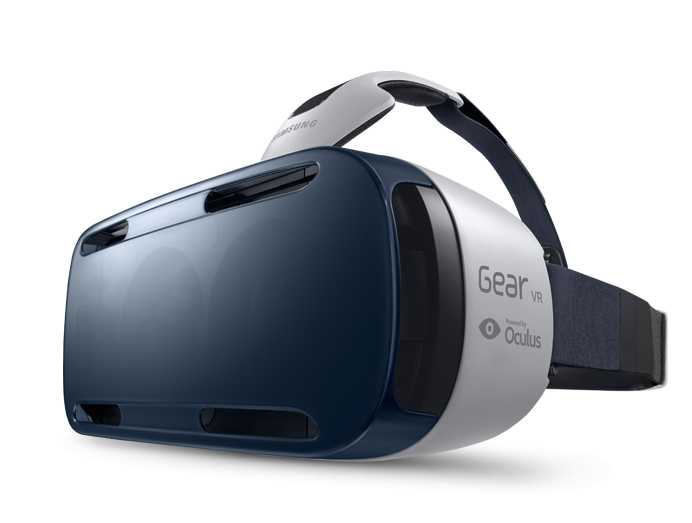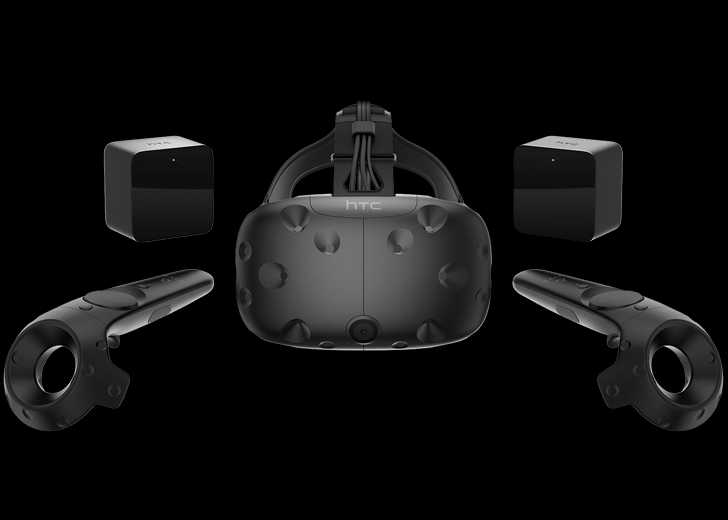Una interesante comparativa (en ingles) de las gafas 3D que hay en el mercado ahora mismo:
Lo primero que llama la atencion es el poco peso de la OR con respecto a la de sony. Practicamente pesa la mitad, lo cual es muy importante, ya que cuanto mas pese mas incomodo se hace llevarlo puesto.
http://3dvision-blog.com/8226-oculus-rift-vs-sony-hmz-t1-vs-silicon-microdisplay-st1080/

Oculus Rift vs Sony HMZ-T1 vs Silicon MicroDisplay ST1080
August 2nd, 2012 · 13 Comments · Other S3D Tech
Among the more recently released Head Mounted Displays there are the Sony HMZ-T1 and Silicon MicroDisplay ST1080 so you can say that these will be the major competitors for the new Oculus Rift project. I’ve put the more important specs of these three HMD devices in the table above so that you can easily make a comparison between them.
As you can see both the HMZ-T1 and the ST1080 use HDMI 1.4 interface for the video (2D and 3D), and that makes them compatible not only with PCs, but all kinds of other consumer electronic devices as well as smartphones and tablets – HDMI 1.4 in an industry standard supporting 3D content. On the other hand the Oculus Rift uses DVI, though with adapter you can get it compatible with HDMI as well, but there is no support for HDMI 1.4 frame packaging available. Furthermore the Oculus Rift not only needs Side by Side input for the 3D, but the image also needs to be processed by the PC adding optical distortion adjustment that produces a correct 3D image on the device. This means that you’d need a compatible game to output in the specific format required by the device, but hopefully we’ll get a software solution that could process the standard input from any game adding the needed image distortion, a hardware implementation doing that on the device itself could be possible, but there you need to be careful with the input lag. Either way if there is no way to provide support for input from games and other content that is not specially optimized for Oculus Rift, then the device may turn out to be a bit of disappointment having to wait a lot for specially optimized games and initially there won’t be that many…
There is a lot of talk going around the lower resolution of the initial development version of Oculus Rift, though that the developers say that for the consumer version the resolution might be increased. Actually the lower resolution as compared to the other two alternatives is not that much of a problem, if you’ve used a lower resolution HMD device you should be aware of that already, but I suppose than not that many people actually have. What is much more of a problem with other HMD devices is the low FOV the offer the user, so instead of getting an immerse experience you get a feeling like you are in a dark tunnel and the image is like the light at the end of the tunnel. Oculus Rift promises more than double the field of view as compared to what Sony and Silicon MicroDisplay currently have in their products, so the immersion factor should be much better and that is more important than to have an insane amount of pixels on the display.
The head tracking option in the Oculus Rift if implemented properly in games and software can really help further the immersion effect as it will allow you to use much bigger virtual display for example by just moving your head around, that however needs to be properly implemented in games and software. And another thing that needs to be addressed seriously is the game controls when wearing the HMD as this could be an issue, though most gamers don’t need to look at their keyboard and mouse while they play anyway. Anyway Oculus Rift is indeed a very promising product and it is already receiving a lot of deserved support from developers and users from all around the world, but all the hype aside we’ll have to wait and see hat the dev kits will look like and what will they support first, before actually starting to talk about the consumer version and its wide availability and adoption…
WELCOME TO THE FUTURE











